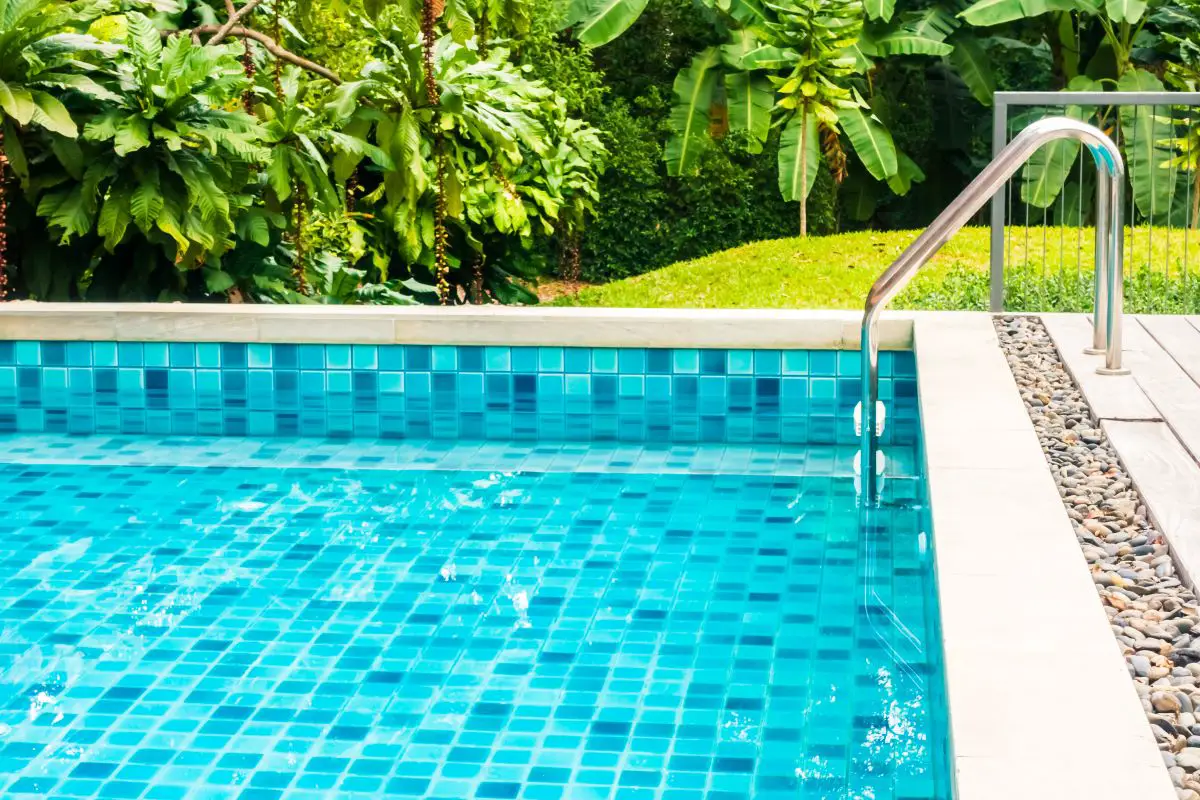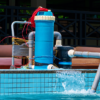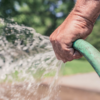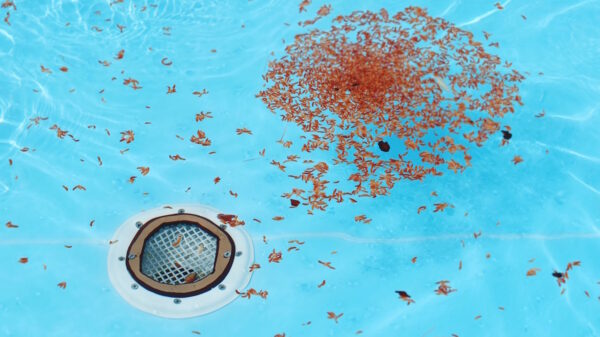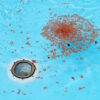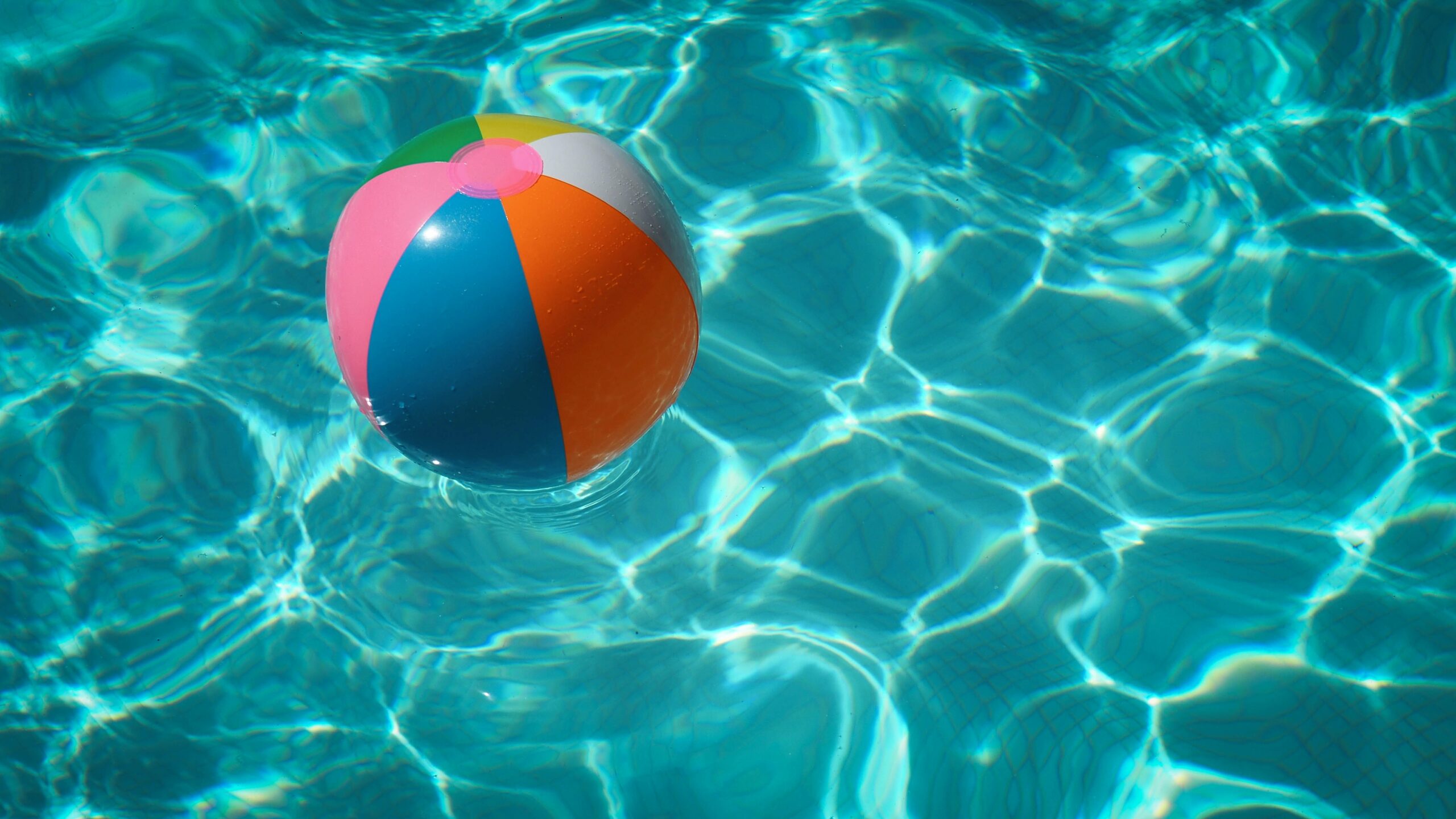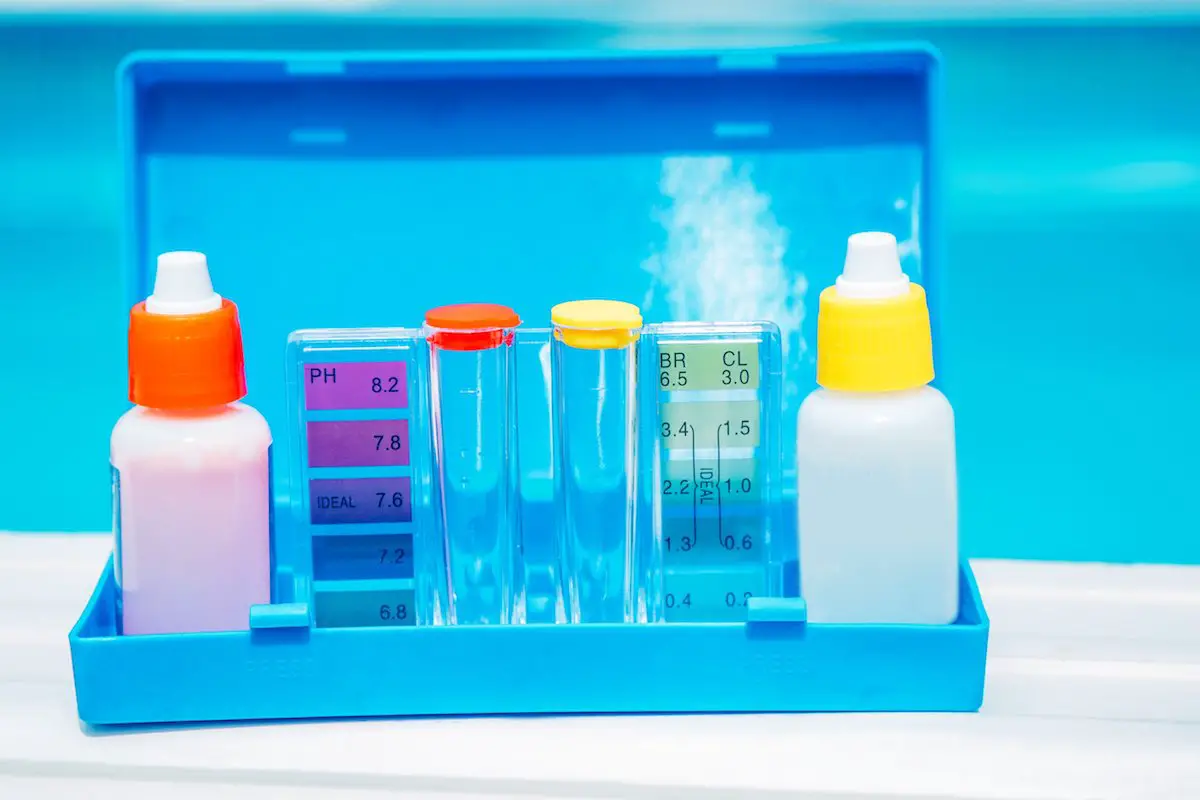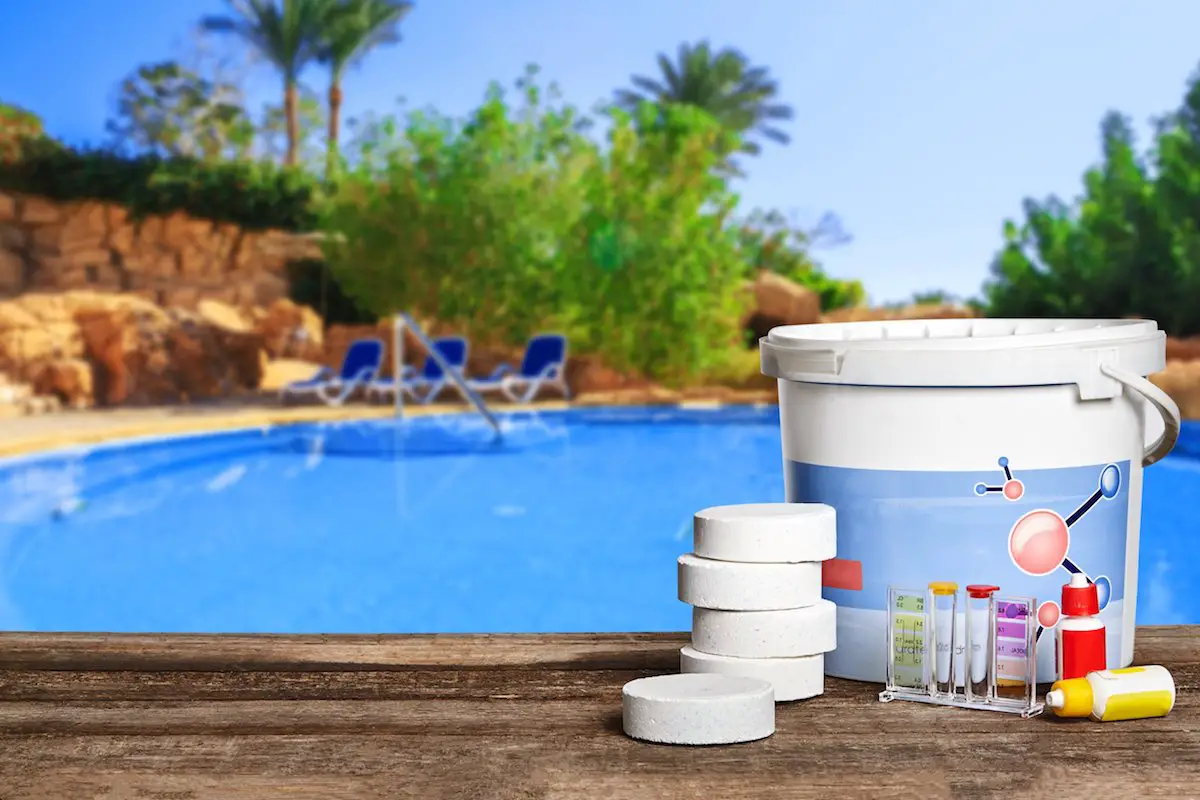Things to Know About Shocking Swimming Pools
Whether you just opened the pool for the season or are getting it ready for that upcoming summer get-together, one important step in preparing your pool to be swimmable is shocking. Shocking a swimming pool means adding liquid chlorine directly into the water to remove contaminants and kill bacteria.
The process is crucial because pools can become host to icky things like algae and bacteria even when appropriately treated.
Should you shock a new pool? When it comes to opening up a brand-new in-ground or above-ground swimming pool, the question arises whether you should even bother shocking your pool because the water has never been exposed to contaminants before.
It is often not recommended that an above-ground pool be shocked after this initial fill because this can cause damage to the liner.
While many agree that some sort of shock treatment should take place when opening a new pool, there might still be some uncertainties among owners when they open up their newly filled pool and get ready for their first swim.

What to Consider Regarding Shocking Your New Pool
While there isn’t an exact answer that will work in every case, here are some things to consider when deciding what’s best for your situation:
Are There Any Known Issues With the Source Water Used to Fill the Pool?
Firstly, it is important to evaluate the source of your water supply. If there are no known issues with the source supply used to fill the pool, you can generally relax knowing that your freshwater supply hasn’t hosted potentially harmful bacteria yet.
However, if something is amiss with the quality of your local tap water, or if you know that your pool was filled with a questionable supply, it’s probably best to be on the safe side and shock the new pool.
How Many People Will Likely Use the Pool?
A new pool can quickly get contaminated when swimmers don’t shower before getting in or rinse off all of their sunscreens once they get out.
In these cases, more frequent shocking is advised to keep down on potential health hazards from exposure to contaminants. Furthermore, if more children are around, consider adding additional chlorine tablets to help kill germs faster.
Is a Saltwater System Being Employed?
This type of water treatment for pools requires a lot of regular maintenance and shocks but otherwise produces very little chlorine due to its salt content.
As a result, many people automatically assume that as long as they have a saltwater system in place, they don’t need to bother shocking the pool – and this could potentially lead to problems down the line.
What’s Your Family’s Comfort Level?
There isn’t an exact recommendation for how much chlorine should be added per day due to all of these different variables and personal circumstances.
However, generally speaking, if you’re not comfortable with any amount of free chlorine in your water (which is what exists after shocking), it might be best to err on the side of caution and shock more than less.
When opening up a newly filled pool this season, keep these things in mind before jumping right into the water. By following these tips, you can generally rest assured that your pool is swimming-friendly and ready for its big debut.
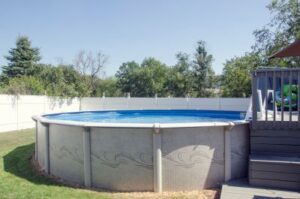
What Is It About A Newly Filled Above Ground Pools?
It is often not recommended that an above-ground pool be shocked after this initial fill because this can cause damage to the liner.
The best practice for owners of new above-ground pools will be to allow them to filter out during normal use, and then they should also follow up by adding chlorine tablets directly into the water at least once per week.
Can I Swim In A Newly Filled Pool Without Shocking?
While many pools are mandated by law to have a certain amount of chlorine in the water at all times, the chlorine dioxide level must be monitored and balanced out before allowing people to swim in it.
High chlorine levels can burn swimmers’ eyes or even cause other health issues if they spend too much time in the pool while it’s not balanced correctly. If you still plan on swimming in your freshly filled pool without shock, look for signs that the chlorine is high enough before diving right in.
These signs include cloudy or milky-looking water, strong chemical odor, stinging eyes, burns when applying suntan lotion, etc. If any of these signs are present, shock the pool immediately.
How Often Should I Shock My Pool?
Whether you decide to shock your brand new pool before using it or wait until there is a problem. Shocking your pool should only be performed at least one time annually for both in-ground and above-ground pools or as needed.
For example, if you notice that swimmers are experiencing skin irritations, then shocking the pool again is necessary (and probably overdue). It’s important not to overwrite any previous chlorine residual by adding too much chlorine into the water.
Failure to understand proper sanitation and shock dosing can lead to problems such as cloudy water, algae growth, eye irritation, chemical burns, etc.
If you have an in-ground pool, it’s also important to regularly check the total alkalinity and pH levels. If either of these is too high, you may need to shock your pool regularly (weekly) to maintain proper chlorine levels.
How Do You Shock A Pool?
The key to shocking a pool is understanding what you’re trying to accomplish. Apply 40-80% of the chlorine dose before people get in the water and another 20-40% after they have been swimming for a couple of hours.
This will help you keep your chlorine at a ratio of 1:1000 or lower, which is safe for swimmers. For example, if your pool holds 10,000 gallons of water, shock it with 1 pound of liquid chlorine upfront and then another half pound 4-6 hours later.
Note that this does not apply to all types of pool shock – some products need to be dosed as much as double the strength because they break down faster. If you are not sure how much chlorine to use, contact the manufacturer of the pool shock product you are using for instructions.
What Else Should I Know Before Shock My Pool?
When shocking your pool, it’s important to always check with the manufacturer of your pool shock product for specific instructions.
Additionally, you should never mix chlorine with other chemicals (including other pool shock products, algaecides, or clarifiers ) without checking the compatibility carefully.
If you do, the chemical reaction will likely cause a release of harmful gases like chlorine gas, bromine gas, and others. Because of this, it is always recommended to wear protective gloves when shocking your pool which helps protect both your skin and lungs from any accidental contact with dangerous chemicals.
Lastly, you should always have a working safety test kit on hand so that you can easily monitor the pH and free available chlorine levels to ensure they do not fluctuate too much during use.

How Do I Fill Up A Pool?
If you’re not sure where to start when filling your pool, here are some tips that should help:
Make Sure You Have All The Materials Needed Before Starting
The first step is getting all the materials needed to properly fill up a pool.
These include:
- GFCI extension cord
- main drain plug
- skimmer plugs
- equipment pads
- garden hose
- filter pump.
Turn Off Your Filter System
Another important step is to be sure to turn off your filter system. It doesn’t matter if your filter is a sand filter, cartridge filter, or D.E. (Diatomaceous Earth) filter; you need to turn it off before filling up your pool.
You don’t want the dirt from the bottom of your pool being sucked right into your pump, which can cause severe damage.
Add Water Slowly
It is important to be patient throughout this process. Filling a pool takes time. Even if your hose is long enough, adding too much water at once could overfill your pool. It can also allow some of the water to escape through the overflow valve.
Fill Your Pool To A Level That’s About 2 Inches From The Top
You want to ensure you do not overflow your pool and at the same time, ensure that it has an adequate amount of water. This will ensure that no air gets trapped inside and allows for any extra water on top to be dispersed evenly.
How Do I Know If My Pool Is Filled Correctly?
Once you think your pool is filled correctly, you need to check that the water level is correct using a tape measure. Simply place the tape measure on the top of the tile at one of four sides and record the distance from one end to the other, which should be between 80 and 85 inches total.
Now grab a piece of sidewalk chalk and mark where you measured with an ‘X’ so that it’s clear how much room there is for any extra water and know when you’ve reached capacity. If it’s not full enough, turn off your filter system and add some more water again.

